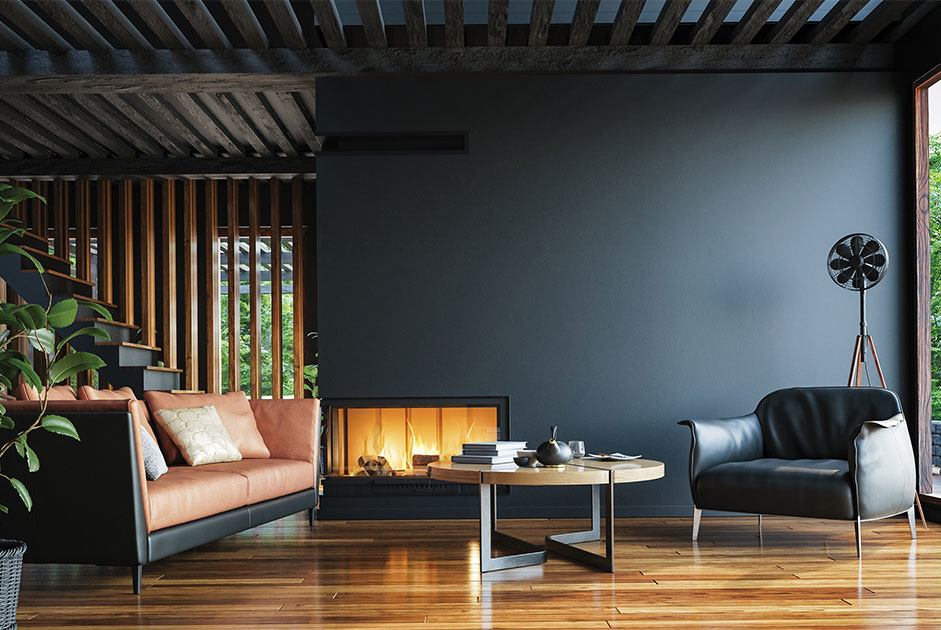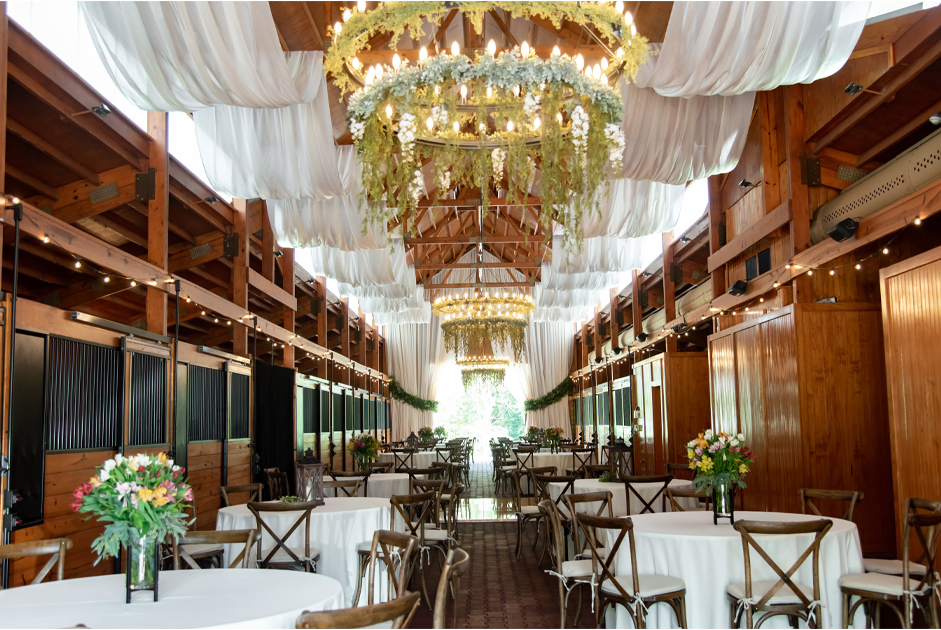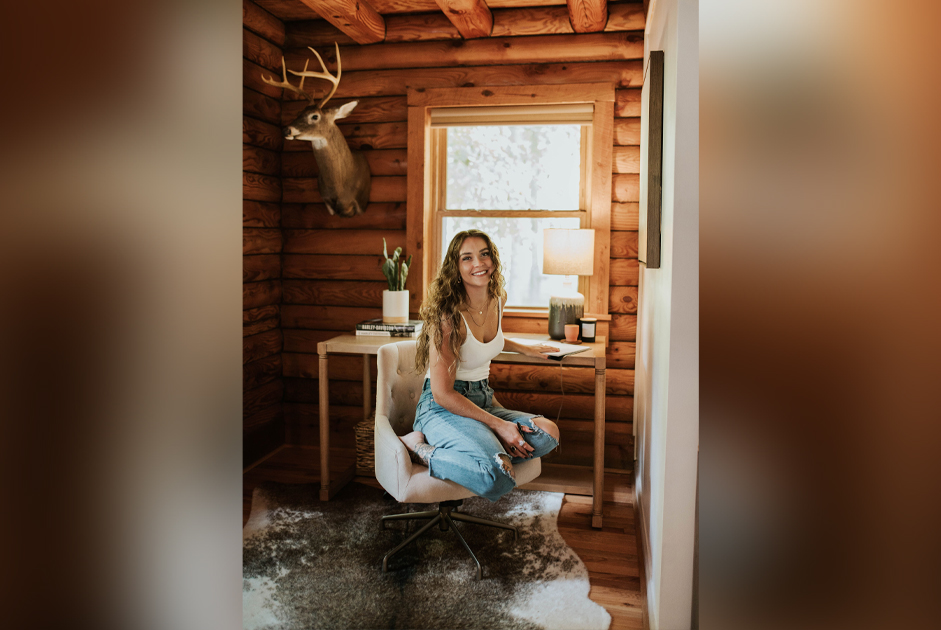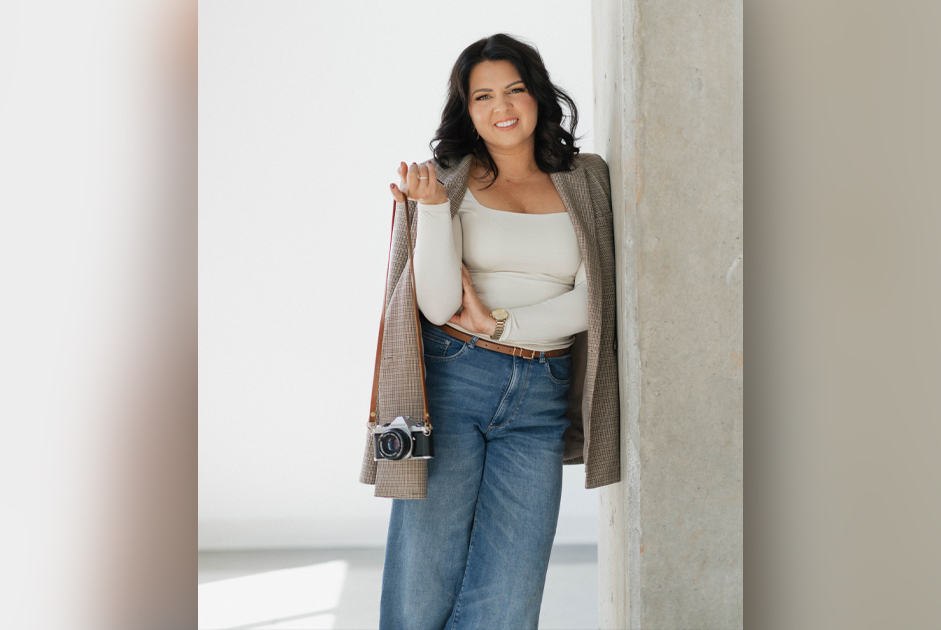“First of all, there really aren’t rules! That is, the decorating police will not arrest you for making a mistake in your décor. The neighbors might talk if you painted the whole house orange, and the authorities might object to a fire hazard. But most of us aren’t in danger of these extremes. What we want are a few basic guidelines for tasteful and inexpensive decorating.” E. Barnes and Y. Brogger
As a decorator I have my own rules of thumb when it comes to decorating. I always try to keep in mind that these are rules of thumb and guidelines for me to use…not rules written in stone. Many folks have preconceived decorating rules that came from books on interior design, magazines, HGTV, a friend, or even their mothers. For example, so many times clients have told me, “I read somewhere or someone told me that pictures should be hung at eye level”, but eye level for me (5’ 7”) and eye level for my brother (6’3”), are two very different things. A rule of thumb or guideline I use: Artwork that will be viewed while standing, like in a hallway, should be hung approximately 60” from the floor to the middle of the height of the picture. Artwork hung in a room where people will almost always be seated should be 56”to 57” from the middle of the height of the picture to the floor. Adjust accordingly but this is the average and should be comfortable for most people.
A while back I came across an article I previously saved; “Decorating Rules Made To Be Broken” by Emilie Barnes and Yoli Brogger. I am sure you have heard some of these “decorating rules” and would agree with me….they may need to be broken.
Don’t use white….it shows dirt. As long as they’re washable and bleachable, pure white slipcovers, curtains, towels and rugs can actually be the most practical accessories of all. However, use care when making everything white because it may not always be practical.
It all has to match. In fact, a mix of styles, colors and periods of furniture can be visually exciting. Just try to have a common element, such as a color or design motif, to tie them all together. Too much “matchy” can be boring.
You need a round cloth for a round table. Draped beautifully, or even tied up at the corners, a square or rectangular cloth will do just fine on any table.
You need a sofa, a chair and a coffee table. Try to get rid of your preconceived notions about what you “ought” to have in a room and think how the room is to be used. Remember, function is the main consideration.
When in doubt, use beige; it goes with everything. The grain of truth in this common assumption is that neutral colors can be very relaxing and usually blend easily with other colors. Beige is far from the only neutral! Any “earth color”…white, black, gray, brown, terra-cotta and especially green and blue….can serve the same purpose and is far more interesting.
The sofa goes against the wall. Not always! Instead of lining up the furniture square against the wall, you might try setting some pieces at an angle or creating small conversational groupings away from the walls.
Paint small rooms pale colors to make them look bigger. It’s not necessarily bad to paint your tiny study a dark color. The dark color can emphasize its cozy character and make it more interesting. Painting a large room a pale color can emphasize its airiness. Think of the statement you want to make, not what rules you’ve read.
Anything goes. Break a few rules but keep in mind that the principles of balance, harmony, and comfort still prevail.
Break a few ‘decorator’ rules of thumb in 2022. Enjoy your home and be thankful. May you look for and experience God’s goodness and faithfulness in the coming year.
Do you need help in the New Year making wise decorating decisions for your home? Give ReDESIGNS by Ava a call to schedule an appointment.



















